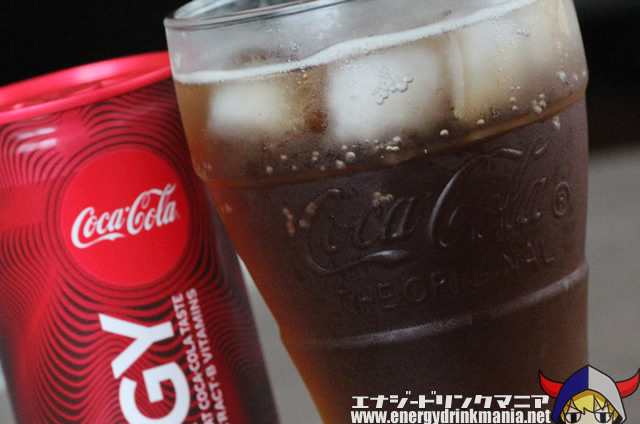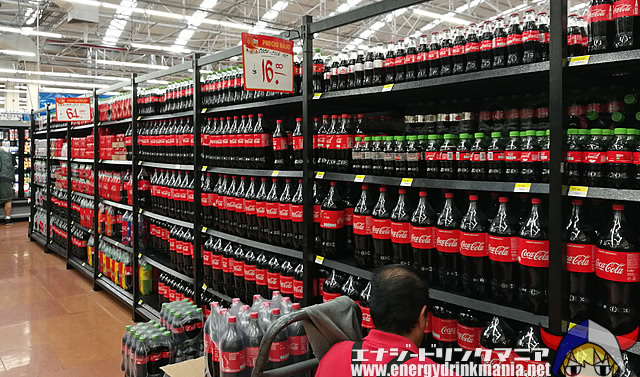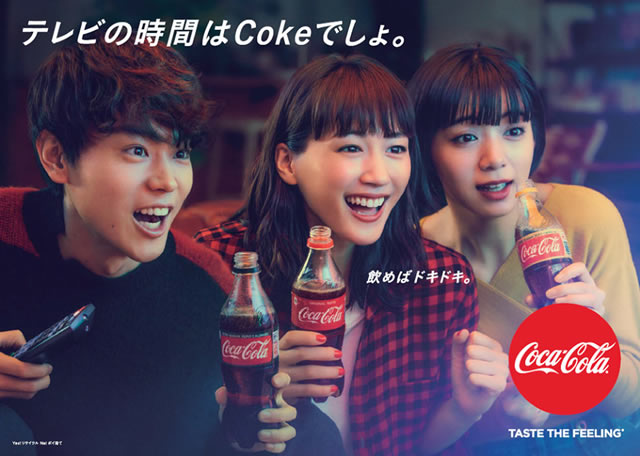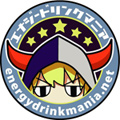Burn withdrawal, Coca-Cola Energy's strategy

In the past, Coca-Cola's 'burn energy drink' was released as a pioneer of the energy drink boom in Japan.
Although it failed to create a significant trend and quietly disappeared, there was an article where Coca-Cola Japan discussed the failure of burn and the future of Coca-Cola Energy. I’ve gathered my thoughts as someone who has traveled to many countries and tried energy drinks from all over the world, even though I’m just an amateur in the beverage industry.
Looking Back at the Withdrawal of burn
According to an article published on July 1st by Yoshikazu Shimaoka, the Head of Coca-Cola Group, in Nikkei Style:
We incorporated the key elements of energy drinks into 'burn'. However, the energy drink market is highly competitive, and it was a tough battle to establish a single brand.
Source: Coca-Cola’s New Energy Drink Targets the Youth Market
That was the case. I think the initial burn products were quite good. The berry flavor was delicious, and the second product, Kiwi Apple, was superb. The official website also had a decent feel to it.
Reasons for burn’s Failure
From a fan’s perspective, the failure of burn seemed to be due to poor branding, changing the flavor to include ginger midway and completely losing its direction, and abandoning the effort to develop burn halfway through. It seems to have fallen apart in this order.
The Peak of the 2014 Energy Drink Boom – The Dominance of the Two Giants
During the peak of the energy drink boom in 2013-2014, Red Bull and Monster Energy were the two dominant players, and honestly, other products didn’t even come close to competing. On the contrary, the flood of imitation products raised awareness of the “energy drink market,” and I believe the two brands solidified their dominant position.
I Am Confident That Coca-Cola Energy Will Succeed
Amidst this, Coca-Cola withdrew from the energy drink market. However, this time, it seems there is a strategy in place that will prevent it from failing like burn. Yoshikazu Shimaoka, Head of Coca-Cola Group, said:
We’ve repeated trial and error to find the best solution and brand to participate in the energy drink market. After careful planning and multiple consumer surveys, we’ve concluded that with Coca-Cola Energy, we can confidently enter the market and achieve success based on our previous planning. This led us to decide to focus solely on this product and re-enter the energy drink market.
Source: Coca-Cola’s New Energy Drink Targets the Youth Market
As the leading beverage manufacturer, I’m sure the experts within Coca-Cola and their external PR companies came up with these words.
2L Coca-Cola for 200 Yen vs. 250ml Coca-Cola Energy for 200 Yen
Coca-Cola Energy is a flavor based on Coca-Cola with heightened refreshment. In other words, it’s almost the same taste as regular Coca-Cola.
At first, many people are likely to buy it simply because it's a new product or because Coca-Cola has released an energy drink.
However, when you typically spend 200 yen at the supermarket, you can buy a 2L bottle of regular Coca-Cola. Would people continue to spend the same 200 yen for 250ml of Coca-Cola Energy, which doesn’t taste that different? What’s the reason to buy Coca-Cola Energy over Red Bull or Monster?
This is the tricky part of energy drinks.

Mexico's National Beverage, Coca-Cola
Branding Is the Key
The most important thing is long-term branding and consumer education. Ultimately, it depends on how well Coca-Cola can create branding that resonates with consumers. And whether that branding can be maintained over the long term. Sorry if this sounds a bit arrogant Σ(´∀`;)
The Past Energy Drink Booms
Many new energy drinks have come out, sponsored events, or hosted activities, only to disappear as if nothing happened… At the time, I wondered if they were going to keep it up for another 10 years. In the end, most of them vanished without ever fully developing their branding.
What Will Happen to Coca-Cola Energy?
Right after its release, Coca-Cola Energy carried out national sampling distribution, and it was placed in vending machines before its official release, with widespread announcements. It was heavily covered by online news, and influencer promotional posts were everywhere on social media. The buzz was fantastic.
Recognition is important, but I believe even more important is the branding that follows. Even if people know about the product, how can Coca-Cola get consumers to spend money on a product that costs several times more per 100ml than regular beverages?
As quoted earlier:
We’ve repeated trial and error to find the best solution and brand to participate in the energy drink market. After careful planning and multiple consumer surveys, we’ve concluded that with Coca-Cola Energy, we can confidently enter the market and achieve success based on our previous planning. This led us to decide to focus solely on this product and re-enter the energy drink market.
Source: Coca-Cola’s New Energy Drink Targets the Youth Market
This strategy is clearly embedded in their plan, and whether they can already see the future is a big question. By the way, they also mentioned this about Coca-Cola:
Coca-Cola’s ‘strength’ is its unique taste that everyone knows. Furthermore, it offers enjoyable moments of exhilaration and happy times connecting with friends.
Source: Coca-Cola’s New Energy Drink Targets the Youth Market
Coca-Cola truly embodies the image of “enjoyable moments of exhilaration and happy times connecting with friends.” This is the image that both the company and consumers share, I believe.
One of my personal favorites is this commercial with Haruka Ayase and Shinnosuke Mitsushima.
As for branding and marketing, I’d like to share a recent favorite too. I think this is also a masterpiece.

It may be a bit cheesy, but the tagline is divine.
The solid Coca-Cola brand image built over 50-60 years in Japan. Likewise, I don’t think they expect to make a strong impact in the energy drink market within 3-4 years.
By the way, here is Coca-Cola Energy's commercial.
It’s exciting to see how a general beverage manufacturer like Coca-Cola will compete with specialized energy drink companies. I’d like to revisit this article in a few years to write a follow-up.
 Author: Energy Drink-kun
Author: Energy Drink-kun
In 2001, while living in the United States, I encountered energy drinks through the dance scene and was deeply impressed. After returning to Japan, I found that energy drinks were considered novelty beverages, so I established a comprehensive website in 2013 to share the true appeal of energy drinks. As an energy drink enthusiast, I began drinking them seriously again, collecting over 7,000 varieties of energy drinks from various countries. I am also active as a critic and expert, receiving media interviews.


 Since 2001, Energy Drink Maniac has been drinking energy drinks and providing the most detailed reviews of global energy drinks based on firsthand research.
Since 2001, Energy Drink Maniac has been drinking energy drinks and providing the most detailed reviews of global energy drinks based on firsthand research.